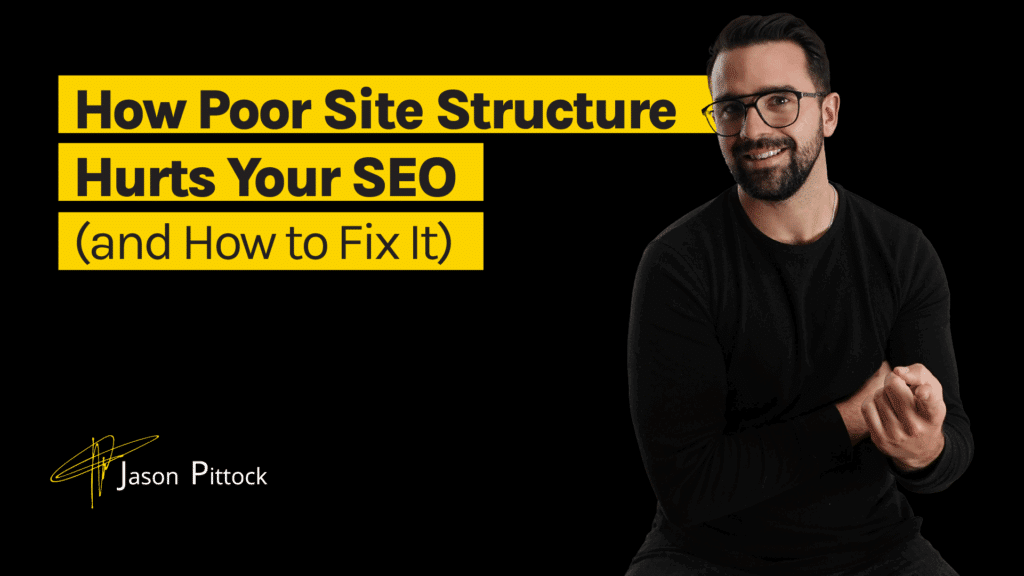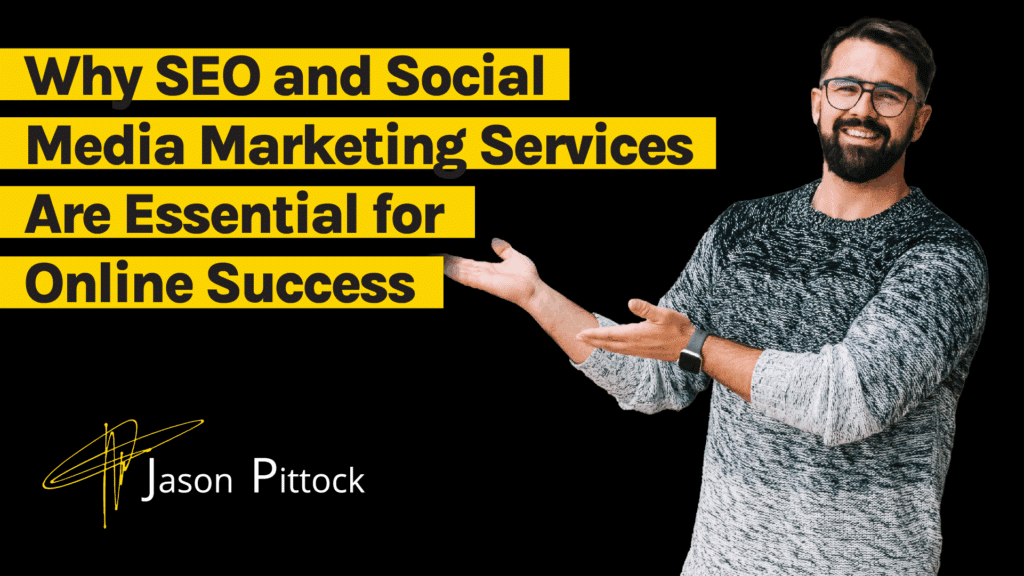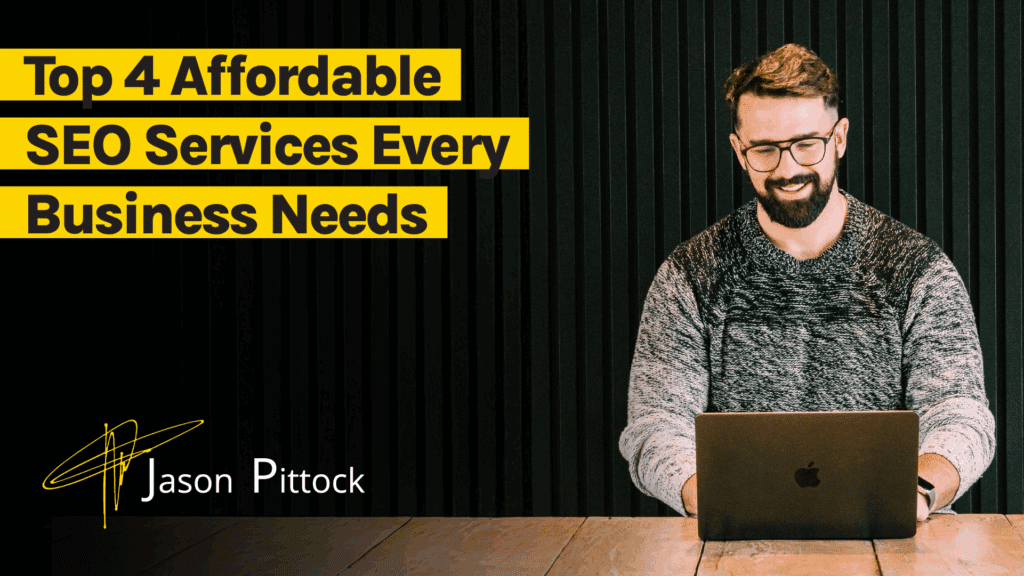Most online art schools or creative academies know how to get clicks. They run ads, they publish blogs, rank for how-to content, and push traffic through multiple search engines, AI, and traditional. The problem is what happens next. Visitors bounce, browse without signing up to the lead magnet or free trial, or treat the content as free resources without ever considering enrollment. Traffic without conversions is just vanity. The real goal is to create traffic from SEO ( driven by content) that attracts, educates, and moves prospects toward becoming paying students. Traffic that doesn’t play a highly specific role in the buyer journey has little to no value.
SEO in the Age of AI: Why Art Schools Can’t Rely on Google Alone
The rise of large language models like ChatGPT makes this even more urgent. Prospective students are no longer just searching Google; they are asking AI tools for answers, tutorials, and recommendations. If your school’s content is not structured to show up in AI-driven search results or to be referenced by LLMs, you risk losing visibility to competitors who are. Ranking for traditional search queries is no longer enough. You need to design content that converts across both Google and AI discovery channels.
How to Find SEO Content That Respects the Creative Mission
The best approach is to build a content library that balances evergreen content with practical tutorials. For example, a SaaS company might publish an evergreen guide like “What is Project Management Software” while also producing step-by-step tutorials on “How to Set Up Your First Workflow in Asana.” Art schools can apply the same model. A blog post like “Top 10 Sketching Exercises” attracts beginners year-round, while a tutorial such as “How to Master Perspective Drawing in 30 Minutes” gives readers immediate value that builds trust. This mix ensures content appeals to both search engines and serious learners.
The key here is to understand what keywords target what buyer intent, and where users are emotionally when they find your content (more to come in this later in this guide). Keyword stuffing and generic content do not build credibility or conversions. Companies that churn out shallow posts stuffed with “best pencils to color” never win against competitors who publish in-depth onboarding tutorials or student success stories.
You can flood the internet with recycled tips, or you can publish structured, high-value content that demonstrates expertise and mirrors the learning experience students will get inside your courses. Quality content signals authority and sets the stage for enrollment.
LLMs amplify this need. Tools like ChatGPT surface answers based on how well content is structured and how authoritative it appears across the web. A thin, keyword-stuffed post will not make it into AI-generated recommendations. A well-structured tutorial that pairs evergreen topics with actionable value has a much higher chance of being pulled into conversational search results, extending your reach beyond Google.
Keyword Strategy: BOFU vs. MOFU vs. TOFU
Not all keywords serve the same purpose. Online art schools need to treat SEO like a funnel. Top-of-funnel keywords capture attention, middle-of-funnel builds trust, and bottom-of-funnel converts. A SaaS company would never rely only on “what is CRM software” to drive signups; they know they need MOFU and BOFU content to close. Art schools must think the same way.
TOFU keywords are inspiration-driven searches like “how to paint with acrylics” or “sketching ideas for beginners.” They bring navigational traffic but rarely lead to immediate enrollment or pipeline opportunity. MOFU queries are where prospects evaluate options, such as “best online art schools for beginners” or “art courses vs YouTube tutorials.” BOFU keywords are the money-makers: “enroll in online watercolor class” or “sign up for beginner portrait drawing course.” Strong SEO strategies map content to each funnel stage instead of guessing what will convert.
And here’s the catch: LLMs tend to surface TOFU and MOFU content the most. Users often ask ChatGPT for inspiration or comparisons, not direct enrollment. That means you need to create TOFU and MOFU content that not only ranks in Google but is also structured clearly enough to be “quotable” by LLMs. Then you must build a funnel that directs that traffic toward your BOFU content, where conversions happen.

How Can You Use Data to Refine Strategy?
Clicks and impressions are not the same thing, and treating them as equal is a mistake. Impressions measure visibility, clicks measure engagement. SaaS marketers already know that a keyword with 20,000 impressions and 0.8 percent CTR is a signal to fix the pitch. Art schools should use the same mindset. If a course page shows up often in search but few people click, the problem is not the ranking, it is the title tag, description, or even the thumbnail preview.
A practical step is to track this inside Google Search Console. Look at queries with high impressions but low click-through rates, then rewrite titles and descriptions so they sound like an offer rather than a generic label. For example, instead of “Online Drawing Class,” test “Enroll in a Live Online Drawing Class for Beginners.” This small optimization closes the gap between visibility and actual conversions, which is the whole point of SEO.
Do not forget to analyze traffic from AI-powered search as well. If you notice users arriving from ChatGPT references or Bing Copilot, compare how they behave against traditional organic traffic. This data reveals whether your content is LLM-friendly and if it attracts learners who are ready to engage or just browsing for free ideas.
From Engagement to Enrollment
Traffic and engagement mean nothing if visitors never take the next step from “users” to “opportunity”. Online art schools must make the path from free content to paid courses clear and natural. This is where many schools lose momentum: they produce great tutorials, but fail to connect those tutorials to enrollment. As the example we discussed before, a well-optimized SaaS platform would never publish onboarding guides without a “Start Free Trial” button. Art schools need the same discipline.
Practical ways to bridge free content into paid offerings include:
- Place context-driven CTAs at the end of tutorials. Example: after a perspective drawing lesson, add “Try this full course on mastering perspective.”
- Offer free resources like downloadable art prompts, e-books, or mini-guides that require an email opt-in. These act as lead magnets and keep prospects inside your ecosystem.
- Use case studies or student success stories inside content. Readers want proof that enrollment pays off. Highlight real results with clear next steps.
- Layer email nurturing sequences on top of SEO traffic. When someone downloads a free guide, follow up with tips, stories, and a course invitation.

LLMs can also help drive engagement-to-enrollment if you optimize correctly. For example, if ChatGPT recommends your tutorial as a trusted source, make sure that page includes a natural CTA and a free download. That way, even when AI surfaces your content in a “zero-click” environment, the visitors you do capture are guided into your funnel.
Conclusion
SEO only works if it is mapped to the student journey. Ranking for “how to paint with acrylics” is pointless unless you have a funnel that takes a visitor from reading a blog, to trying a free prompt, to signing up for a paid class. Organic growth is most powerful when tied to intentional student pathways and areas in the buyer journey that have the most impact.
The role of AI and LLMs cannot be ignored. Students are asking ChatGPT and other conversational tools for recommendations just as often as they search Google. If your content is not structured to be authoritative, educational, and quotable, you risk disappearing from these channels. The schools that win will be the ones that optimize for both traditional search and AI-driven discovery while ensuring every piece of content has a clear path to enrollment.
Look at Evolve Artist as a case study. Their growth did not come from chasing random art keywords. It came from aligning educational content with specific calls to action and nurturing leads until they enrolled. That is the model online art schools should adopt: treat SEO as the entry point, optimize for both Google and LLM visibility, and design every page to move prospects one step closer to becoming a student.




